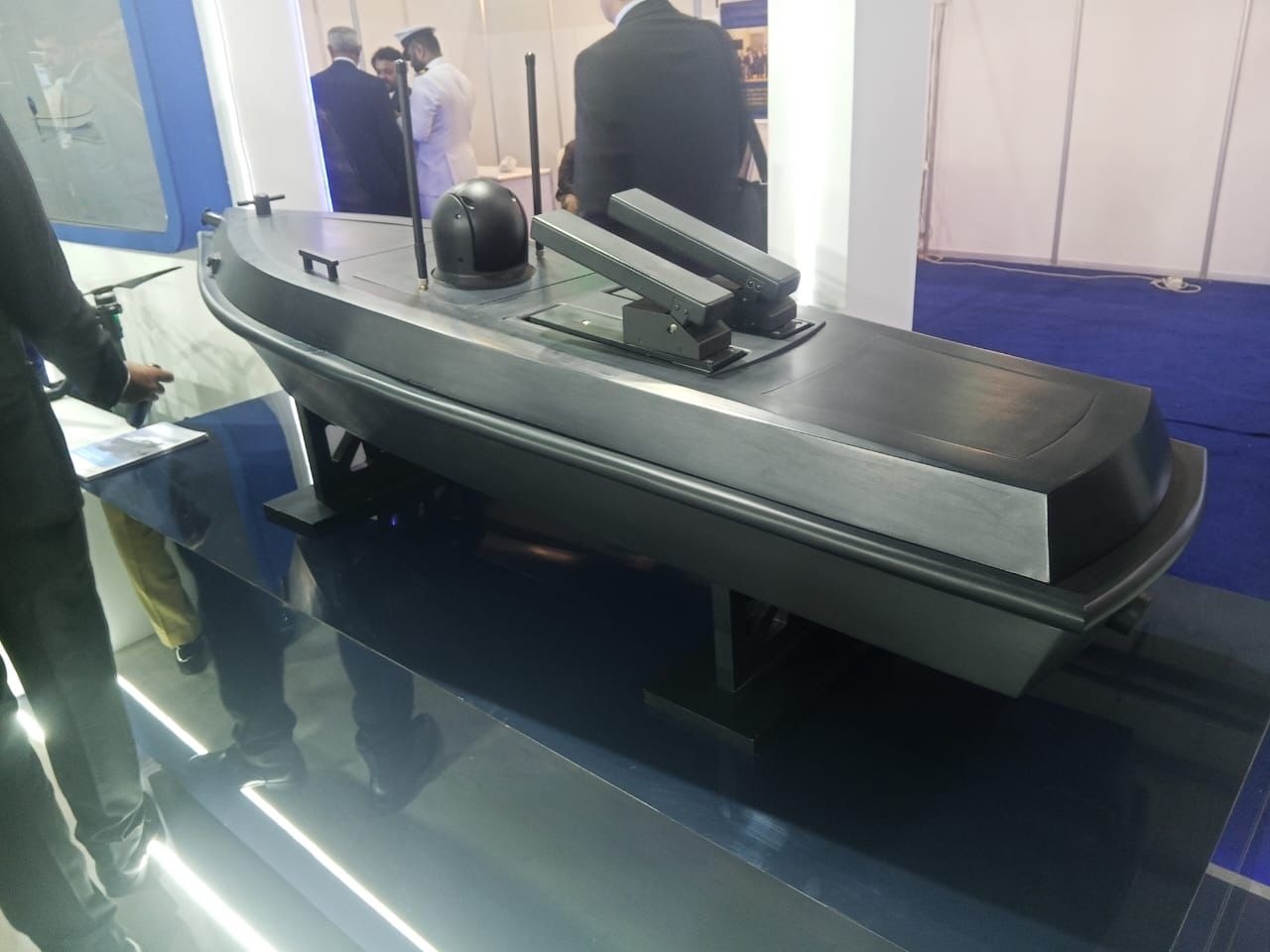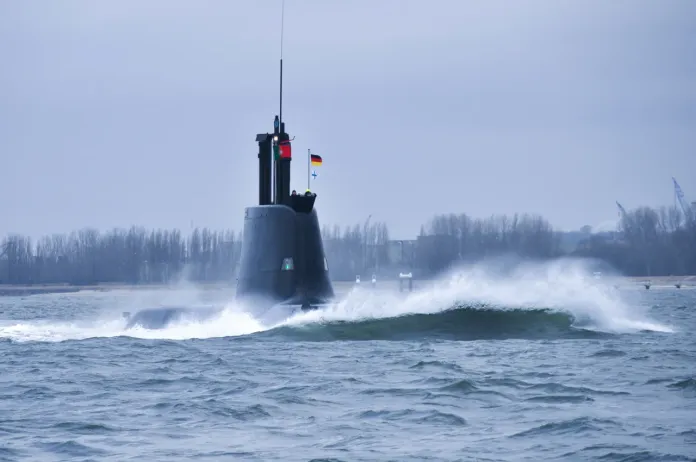A hypersonic missile is a missile that travels at the speed of Mach 5, which is five times the speed of sound. But the more you read into and study the workings of a hypersonic missile the clearer it becomes that there is a bridge between creating hypersonic missiles and using them—a bridge we haven’t built yet.
The phrase ‘hypersonic missiles are a technology of the future and always will be’ was not coined by this author. It was a running joke between the Air Force engineers who developed the X-51 Waverider – an experimental aircraft capable of hypersonic flight. Diving into the physics of how these missiles work is fascinating; similar to cruise missiles, hypersonic missiles can sustain themselves like airplanes, with continuously powered engines throughout their flight time. And the only real difference between them is their flight time. Making a missile travel at the speed of Mach 5 is no ordinary business which brings us back to the original point: using a hypersonic missile involves solving some extremely challenging problems.
First, when a missile travels this fast, it is bound to compress the air molecules around it and turn them into plasma. Now that is infinitely problematic because it means that the missile will turn into a large glowing ball – like a small running sun – and it would be very easily seen by sensors on Earth and the satellites in space. Scientists once proposed a solution to this dilemma known as plasma stealth, a technology that could potentially use gasses to reduce an object’s radar signature. However, to this day, the claim of plasma stealth has fallen short because hypersonic missiles can be easily detected by all modern radars. There is also a recent study from the Air Force Institute of Technology US which found that the plasma sheath would primarily be reflective. All this evidence gives a negative point to the hope of using hypersonic missiles any time soon.
One of the other main concerns is communication. When a missile travels at 5 times the speed of sound it would experience a communication blackout meaning that there would be no incoming or outgoing communication with it once it has been launched in the air. This issue is also caused by the plasma; if we utilize the plasma sheath, it will convert the radio waves into thermal energy. That would block all radio frequencies around it. A communication blackout can be disastrous in case of an accidental launch or a change in circumstances. Even if a hypersonic missile is unable to change its trajectory, having a way to communicate would be crucial. A kill switch with the power to explode the missile mid-air could prove to be invaluable in such a scenario.
And on top of a complete communication blackout, a hypersonic missile would also be blind. There aren’t any visual or infrared sensors that could be put in front of these missiles so that the missile would not instantly burn off. Think of a scenario where a missile is launched and we are not able to see where the missile is going nor are we able to communicate with the missile in any way – and the launch was accidental but we don’t have enough time to warn the adverse state – that is not a good look for any weapons be it defensive or offensive.
And lastly but most importantly, the biggest problem of all is heat. The estimate of how much traveling at the speed of Mach 5 would heat a missile is anywhere between 3200°F to 4000°F, which brings us all to the most intriguing question of all, how do we stop this missile from just melting – and turning into that ball of running sun we talked about earlier but this time quite literally. The silica tiles that are commonly used on space shuttles won’t work for a hypersonic missile because that would lead to a bunch of new problems with flying the missile.
All of these problems lead us to the same conclusion, hypersonic missiles are like quantum technology – even though the basic physics of them has been developed; sustaining them, operating them, and making something useful of them still remains a mystery to us all.
In the end, this makes us question why there was even a need for a missile that travels so fast it’s almost impossible to catch it with the naked eye. And why is the arms race so important that states are investing billions of dollars in a technology that might never become useful to them? This infinite domino effect where states invest a ridiculous amount of money, material, and manpower into building a weapon next to impossible really makes us wonder what kind of future we are heading towards and whether we even have one or not.
References:
- https://www.dvidshub.net/video/596058…
- https://www.sipri.org/commentary/topi…
- https://www.dvidshub.net/video/139353…
- https://scholar.afit.edu/etd/1622/
- https://www.militaryaerospace.com/sen…
- https://www.spaceacademy.net.au/space…

Arooj Azhar
Arooj Azhar is a student of International Relations, currently pursuing a bachelor's degree at Air University, Islamabad. She is an aspiring IR scholar aiming to work in the areas of international stability, humanitarian relief, and international law. Her research interests include emerging technologies and national security.
- Arooj Azhar#molongui-disabled-link












